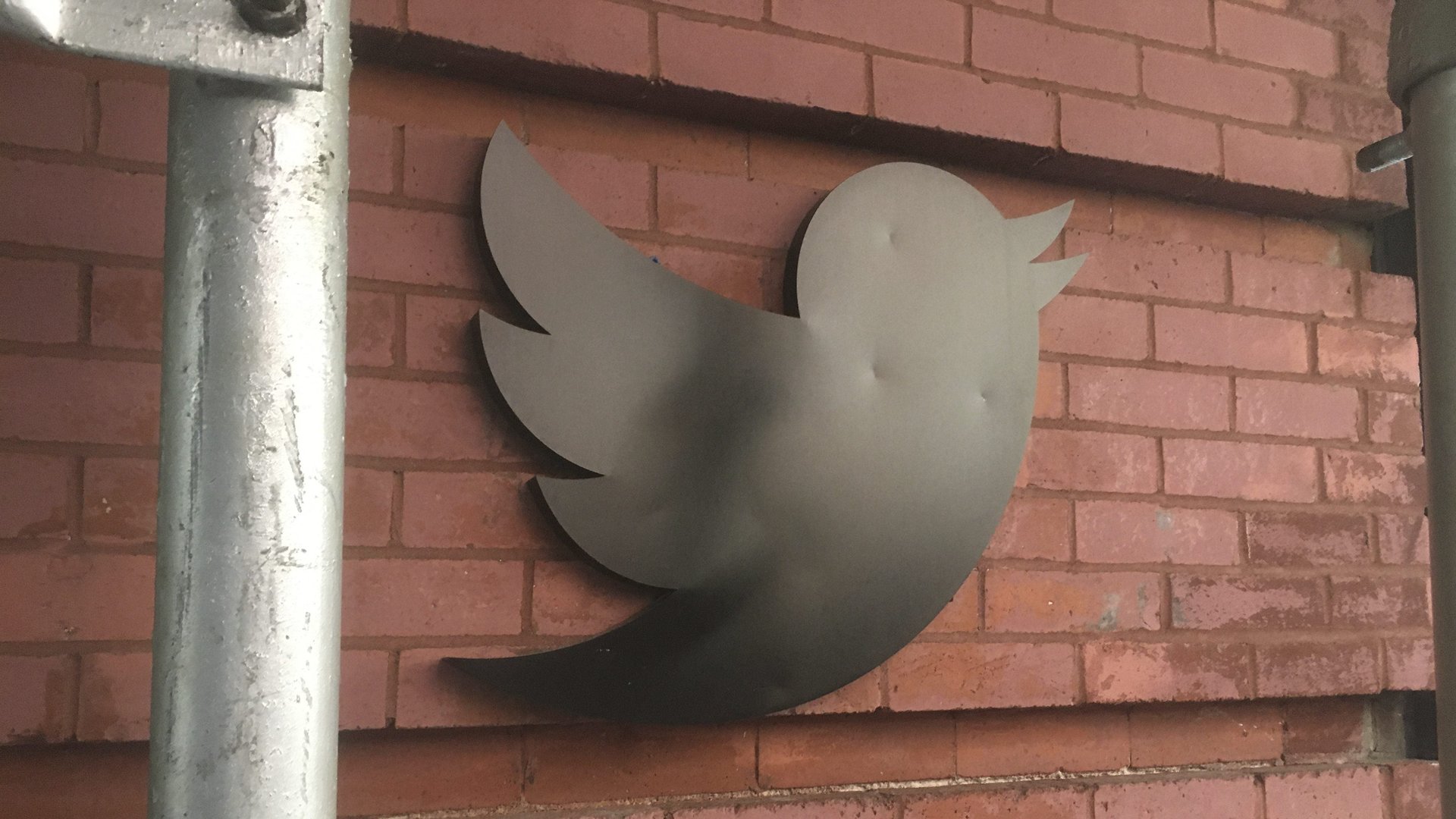What will Twitter’s subscription model look like?
Last Thursday, Jack Dorsey told investors that while Twitter has “a really high bar” for introducing paid products, “you will likely see some tests this year” of subscription products. Twitter’s CEO is going to have to be quick on his feet. The company pulls in some of its revenue from data licensing, but the vast majority comes from advertising—which dropped by 23% in the second quarter.


Last Thursday, Jack Dorsey told investors that while Twitter has “a really high bar” for introducing paid products, “you will likely see some tests this year” of subscription products. Twitter’s CEO is going to have to be quick on his feet. The company pulls in some of its revenue from data licensing, but the vast majority comes from advertising—which dropped by 23% in the second quarter.
That revenue drop sorts Twitter into the same class as media companies that have seen advertisers disappear during the pandemic. Like publishers that have seen readership increase sharply even as revenues erode, Twitter still has the advantage of its user base: In the second quarter, it reached 186 million monetizable daily active users, a 34% year-over-year increase.
But that leaves both media and social media businesses scrambling for new ways to monetize those users.
As advertising dwindles, publishers have tried to capitalize on two main new revenue streams: events and subscriptions. But Twitter doesn’t do conferences. It even scrapped its own developers’ conference—tentpole events for firms like Alphabet and Apple—after meeting for just two years.
That leaves it with subscriptions. Before Dorsey’s earnings statement, a job posting for a “new team” that’s “building a subscription platform” was spotted earlier this month.
What could that platform look like? In 2017, Twitter floated a premium version of Tweetdeck, the Twitter-owned product for power users and tested a $99 monthly subscription designed to boost follower counts. An ad-free experience seems within the realm of possibility.
But Twitter could also embrace its role within the digital media ecosystem and follow the path of growing paid content platforms: Patreon and Substack, communication tools like Discord, or even adult sites like Only Fans (Twitter does not censor consensual amateur and professional pornography).
These services all allow creators to earn recurring revenue from their followers in exchange for exclusive content, or, in the case of Discord, access to a forum. The platforms receive a cut, usually between 10% and 20%, for their troubles.
It’s not a crazy idea—in part because some Twitter users have already hacked their own systems to host paid content. All users have the option of “locking” their account, which limits an account’s followers to approved users only. Account holders can set up an external payment and communication channel, and then accept a subscriber’s follow request. That’s it—you’ve created a “premium” Twitter account.
While disclosure is required to receive payment for paid partnerships and promotional tweets, nothing in Twitter’s rulebook bars this type of behavior. Premo, a startup that helps users “earn money from your Twitter followers,” was helping niche political tweeter Eric Garland generate at least $3,000 a month as recently as 2018. For business news, @deltaone, a widely followed account that posts curated headlines from Bloomberg Terminals (a $24,000 annual expense), experimented with introducing a delay to its public Twitter feed while charging subscribers a monthly fee for real-time updates.
Both media companies and content platforms—to the extent they can be separated—are trying to figure out what people are willing to pay for. As long as Twitter serves as a daily information apparatus for millions, it makes sense that it would exploit its aggregator role to extract a fee. What remains to be seen is whether a Twitter with paid features will be less free.